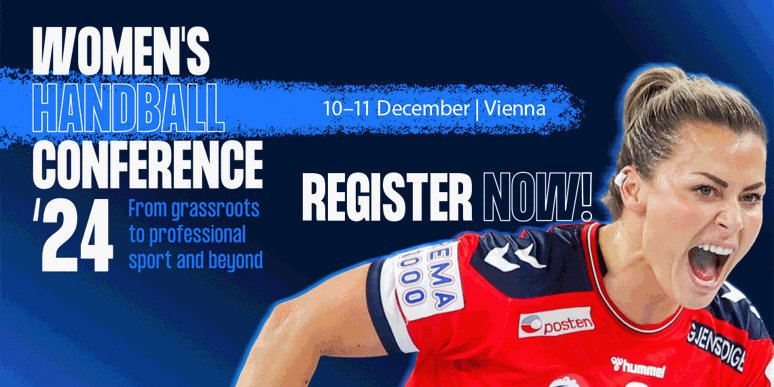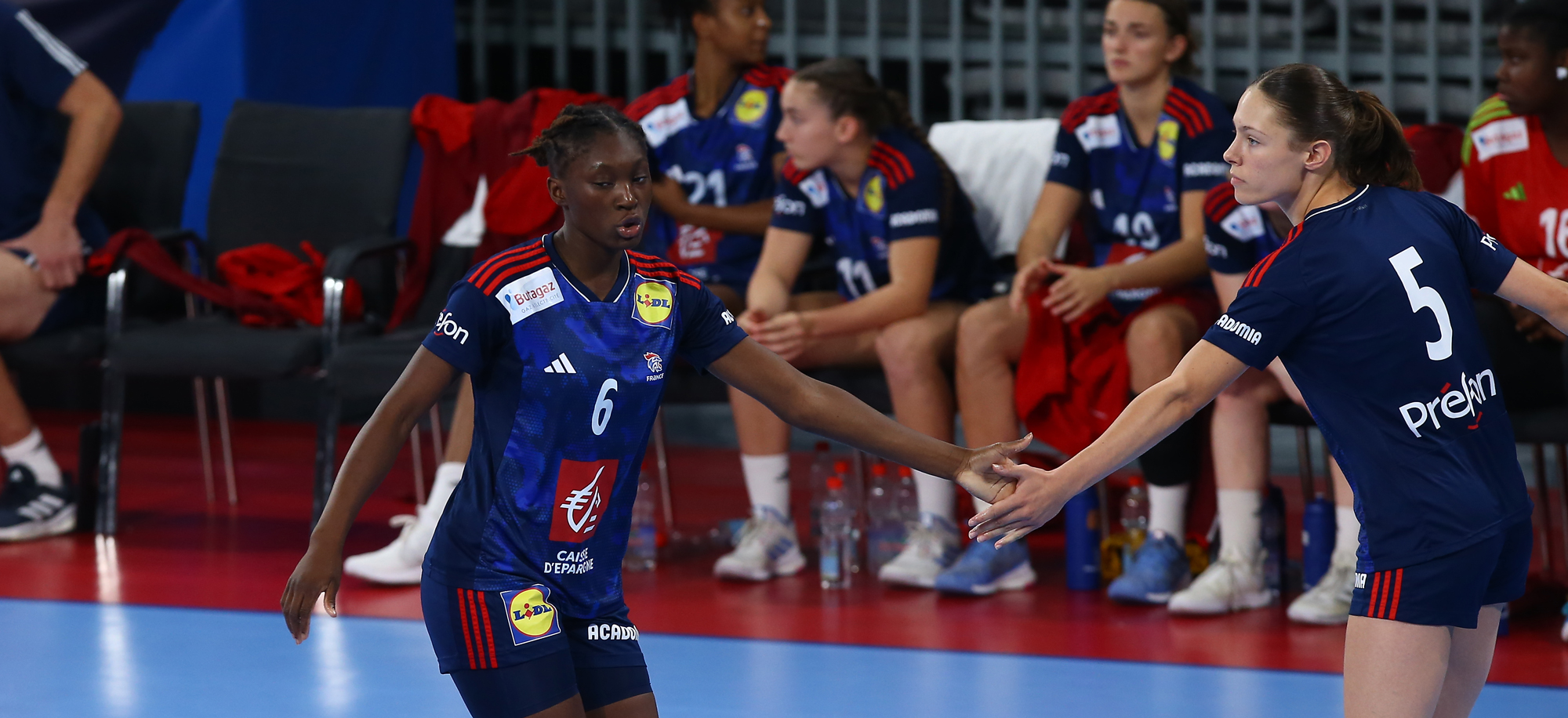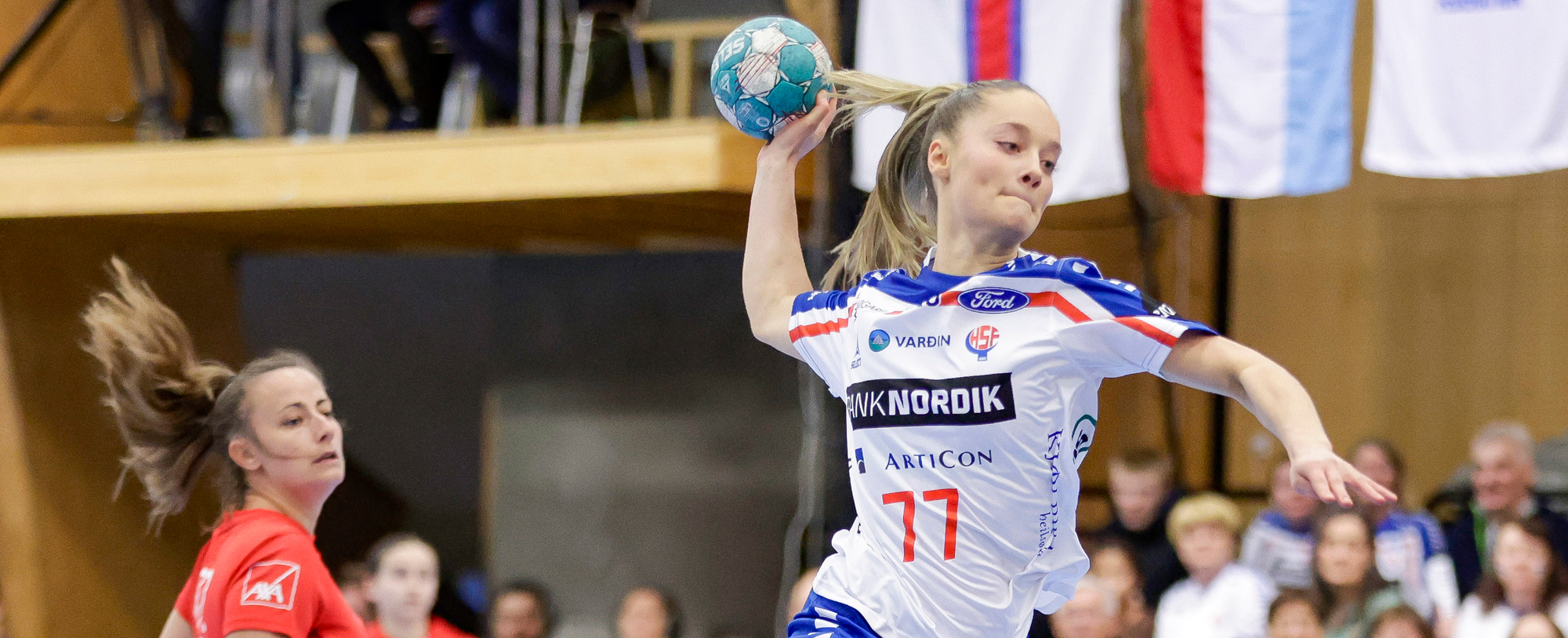The importance of developing children’s programmes towards encouraging lifelong participation was proven by a study in France.
“For all ages and for all sports, a recent study in France showed that proportionally, girls are hardly more likely than boys to give up their federated practice in adolescence. The gap is built up from childhood, when boys’ comparatively stronger commitment is linked to their childhood socialisation centred on sporting activities,” says FFhandball’s Barbusse.
Naturally, these are not the only federations with a focus on kids’ participation. For several other “big” handball countries, such as Denmark and Croatia, the focus on children is paramount.
Croatia currently have a project on handball in kindergartens, which falls under the EHF Master Plan. This is strongly related to combatting gender stereotypes, which the Croatian Handball Federation have confirmed through research on children’s attitudes in this context.
“There are still various gender stereotypes in Croatia that sports are not for girls and that they should devote themselves to school because they cannot make a money/living from sports. Families are still traditional and more supportive of their sons playing sports,” says Lidija Bojić-Ćaćic of the Croatian Federation, who reported a total of 5,099 female players to 8,490 male ahead of the 2024/25 season.
Croatia see a trend of girls stopping playing handball around the age of 14 or 15, when they enter high school. Training times often do not align with school, and thus girls often stop playing — which comes back to the idea that some perceive there is no benefit to playing aside from a professional future in the sport.
When considering children’s handball, it is obvious the focus is not on winning big titles. They key to kids’ involvement is enjoyment, which naturally encompasses the social element of the sport. Overall, the solution to keeping girls and women playing handball may come down to ensuring they see those critical benefits of fun and socialising from the start.


 At our federation, feminisation and the issue of equality between men and women is a clear political objective that our elected representatives have been pursuing for years
At our federation, feminisation and the issue of equality between men and women is a clear political objective that our elected representatives have been pursuing for years We try to have a holistic approach to this issue, encouraging coaches and clubs to embrace both types together, creating a strong community and positive environment, but also the possibility to develop elite players.
We try to have a holistic approach to this issue, encouraging coaches and clubs to embrace both types together, creating a strong community and positive environment, but also the possibility to develop elite players.







